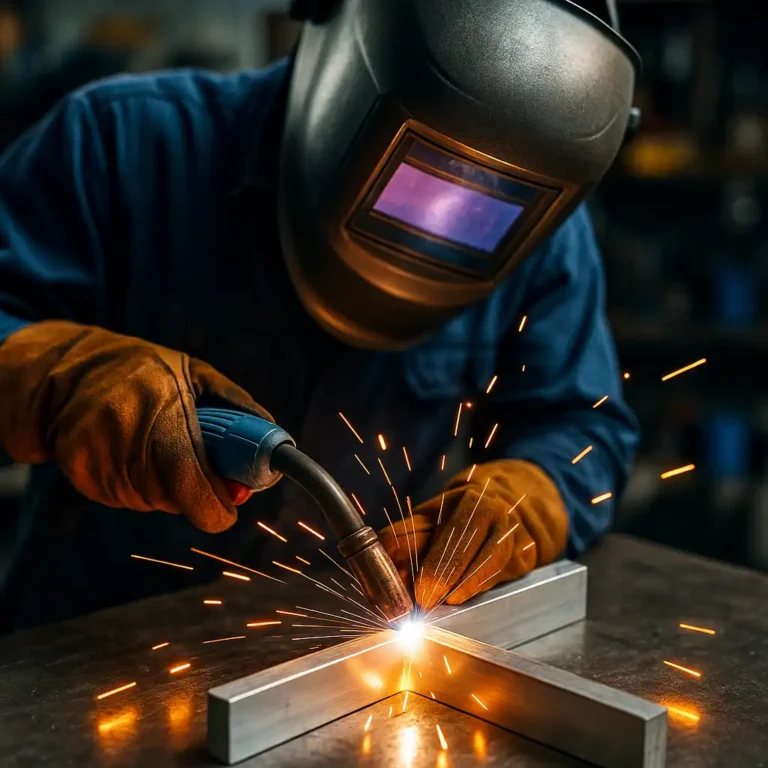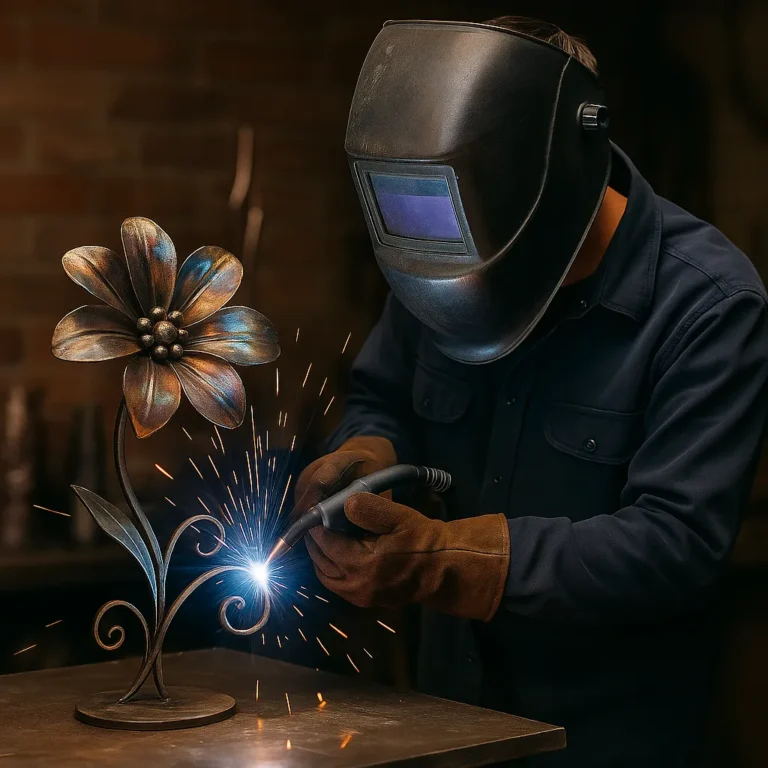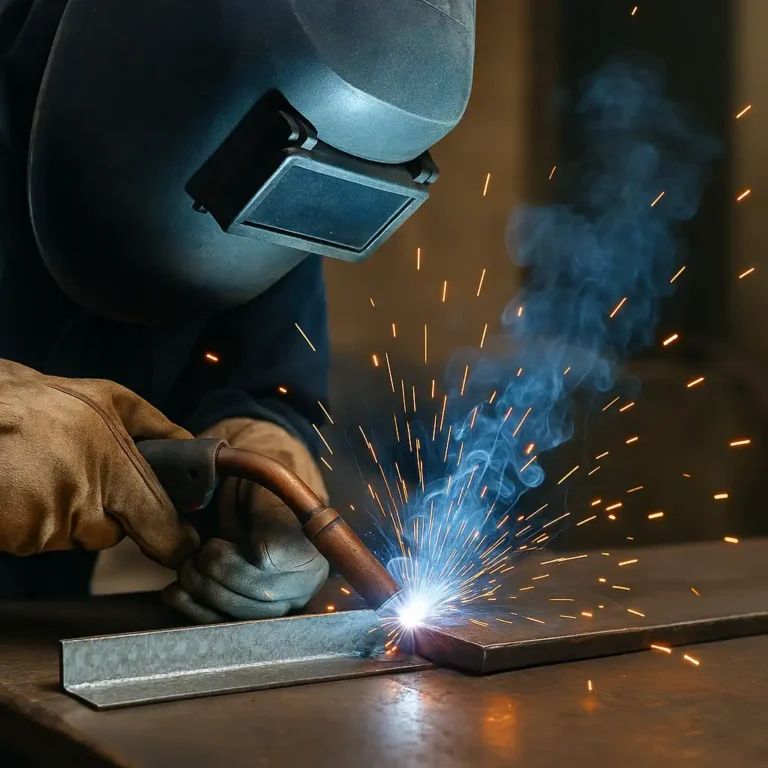Welding for Beginners: Everything You Need to Start Right

Disclosure: This post contains affiliate links. As an Amazon Associate, I earn from qualifying purchases—at no extra cost to you.
Welding is more than just joining metals—it’s a practical skill that opens doors to endless DIY projects, high-demand careers, and rewarding hobbies. For anyone curious about getting started, this beginner’s guide will walk you through the essentials of welding, including techniques, tools, safety gear, and first projects.
What Welding Is and Why It Matters
Welding is a fabrication process that uses high heat to melt and fuse pieces of metal together. This method is widely used in construction, manufacturing, automotive repair, and even art. If you’re wondering about the basics, you can start with this clear explanation of what welding is.
Many people are initially intimidated by the process, but the truth is, welding is not as hard to learn as it seems—especially with the right equipment and guidance.
Choosing Your Welding Method
There are several types of welding, but beginners typically start with one of the following:
- MIG (Metal Inert Gas) Welding – Easy to learn and ideal for home projects.
- TIG (Tungsten Inert Gas) Welding – Offers precision but takes more practice.
- Stick Welding – Versatile and affordable for outdoor or heavy-duty work.
Here’s a quick comparison:
Welding Type | Difficulty | Best For | Shielding Gas Required |
|---|---|---|---|
| MIG | Easy | Home projects, beginners | Yes |
| TIG | Advanced | Precision work, thin metals | Yes |
| Stick | Moderate | Outdoor and heavy-duty tasks | No |
To help you decide, check out this breakdown of the difference between MIG and TIG welders and explore the best type of welding for beginners.
Must-Have Welding Tools and Gear
Before striking your first arc, it’s crucial to gather the right tools. Every beginner needs a solid setup that includes:
- A reliable welding machine
- Auto-darkening welding helmet
- Welding gloves and jacket
- Wire brush, chipping hammer, and angle grinder
We’ve put together a complete welding tools and equipment list to get you started.
Selecting Your First Welding Machine
Your welder is the heart of your setup. Beginners often choose MIG machines for their simplicity. The best welding machines for beginners offer ease of use, affordability, and reliable results.
If you’re unsure where to begin, this guide on the easiest welder to use for beginners can point you in the right direction.
Setting Up Your Welding Space
A well-prepared welding area can prevent accidents and improve your workflow. Choose a well-ventilated space—preferably with a fire-resistant surface like concrete or metal.
- Install a welding screen or curtain to contain sparks
- Keep a fire extinguisher nearby
- Store cables and tools in an organized way
For equipment storage tips, check out where welding equipment should be stored.
Safety First: Essential Precautions
Welding safety isn’t optional—it’s essential. You’ll be dealing with high temperatures, sparks, and UV light. Make sure to wear:
- Auto-darkening helmet
- Flame-resistant jacket
- Proper gloves and boots
Understanding the right safety equipment in welding is critical to protect yourself from burns, eye injuries, and long-term health issues.
Practice with Simple Projects
Once you’re set up, the best way to build skill is through small, manageable projects. Try:
- Welding a basic metal frame
- Building a tool rack
- Crafting small decorative pieces
Check out these small welding project ideas for inspiration. If you’re thinking about turning your new skill into a side hustle, we also have ideas on things to weld and sell.
Avoiding Common Mistakes
It’s normal to make mistakes in the beginning, but knowing what to watch for helps. Common beginner pitfalls include:
- Incorrect welder settings
- Poor joint preparation
- Improper travel speed
You might also face issues like porosity or lack of penetration. These can often be fixed with simple adjustments. For more guidance, our post on top 10 welding tips for beginners covers the basics to keep your welds strong and clean.
Learning More and Getting Certified
If welding becomes more than a hobby, certification may be the next step. Formal training can boost your skills and job prospects. Learn how to get certified in welding or discover how to learn welding as a hobby through hands-on practice and online resources.
Conclusion
Welding is an accessible and rewarding skill, whether you’re repairing tools, building metal art, or exploring a new career path. With the right guidance, equipment, and dedication to safety, anyone can start welding confidently. Use this guide as your launchpad, and let each project bring more experience and creativity into your hands.






